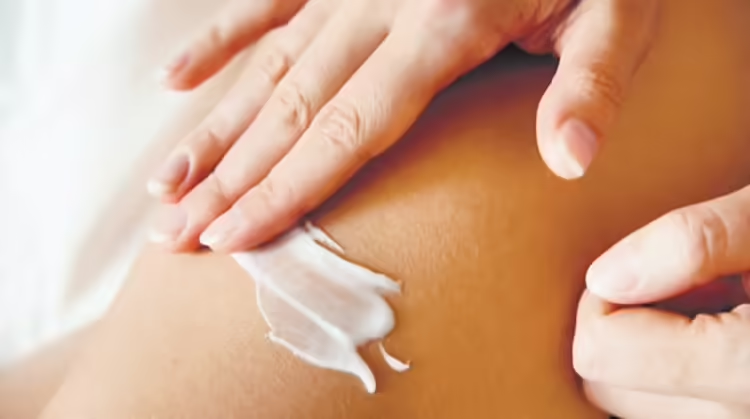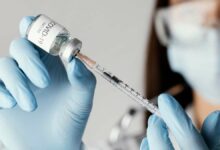Skin problems are not hidden by diabetes
Diseases, like diabetes, have a significant effect on how we look. Our skin is a visual representation of our general health. Skin changes may indicate underlying medical issues or indicate that things may not be right on the inside.

1. Bacterial Infections: People with diabetes are more susceptible to bacterial infections, such as nail infections, folliculitis, styes, boils, and carbuncles. The afflicted region may experience pain, heat, redness, swelling, or other symptoms from these illnesses.
2. Slow Healing: Diabetes may slow down the healing of cuts and wounds by altering blood vessel structure, which makes it more difficult for blood to get to the injured region. The chance of infection increases due to this healing delay. Patients with diabetes must thus use caution while tending to wounds.
3. Acanthosis Nigricans: Were you aware that a rich, black spot on your skin, especially in the groin, armpits, or neck, can be a sign of prediabetes? This ailment is called acanthosis nigricans, and increased blood insulin levels are intimately associated with it.
4. Dry, Itchy Skin: One of the most common physical signs of diabetes is dry, itchy skin that is accompanied by color changes and texture alterations. Diabetes-related elevated blood sugar levels may harm blood vessels and nerves that are vital to the health of the skin, which can lead to a variety of skin problems.
5. Necrobiosis Lipoidica: This uncommon skin ailment is often linked to diabetes. Usually, it shows up as red, brown, or glossy patches on the skin, especially on the lower legs. Lesions appear as a result of changes in collagen and fat under the skin’s surface, which characterize this disorder.
6. Fatigue: Linked to diabetes, it may have a noticeable effect on one’s look, often resulting in the formation of bags and dark circles under the eyes. These physical indicators might suggest a worn-out and disheveled look, emphasizing the significant impact diabetes-related tiredness can have on general wellbeing.
7. Blisters: Bullosis diabeticorum, sometimes referred to as diabetic bullae, is a rare skin condition that may occur in people with diabetes. These blisters, which mimic burn blisters, might appear quickly on the hands, feet, legs, or forearms.
8. Shin Spots: Subtle skin depressions are a common symptom of diabetic dermopathy, a skin disorder that affects many people with diabetes. usually noticeable as brown dots or lines on the shins, however it may also show up on the arms, thighs, or trunk.
9. Acheocodons, also known as skin tags: Insulin resistance and prediabetes, which often have no outward signs, may cause hormonal imbalances that drive the overproduction of skin cells and cause skin tags to develop. These tiny, flesh-colored growths may appear on the neck, underarms, or in the crotch, among other places on the body.
10. Alopecia Aereata: Owing to autoimmune dysfunction, alopecia areata is a unique subtype of alopecia that is often observed. Diabetes may cause patchy hair loss in its patients, mostly affecting the scalp, eyebrows, and eyelashes.
11. Changes in Body Type: Weight increase, obesity, and the buildup of abdominal fat are among the changes in body composition that diabetes often causes. Weight gain is a result of type 2 diabetes, which is characterized by insulin resistance and causes the body to retain excess fat.
How should it be handled?
People with diabetes should prioritize controlling their blood sugar levels and embrace a comprehensive skincare regimen in order to properly manage skin concerns related to the disease. This entails staying away from harsh chemicals, moisturizing often, using gentle soap, and avoiding hot showers. The three main components of general health and skin healthiness are a balanced diet, frequent exercise, and enough sleep.
Delhi-based celebrity dermatologist and expert in preventing skin allergies






